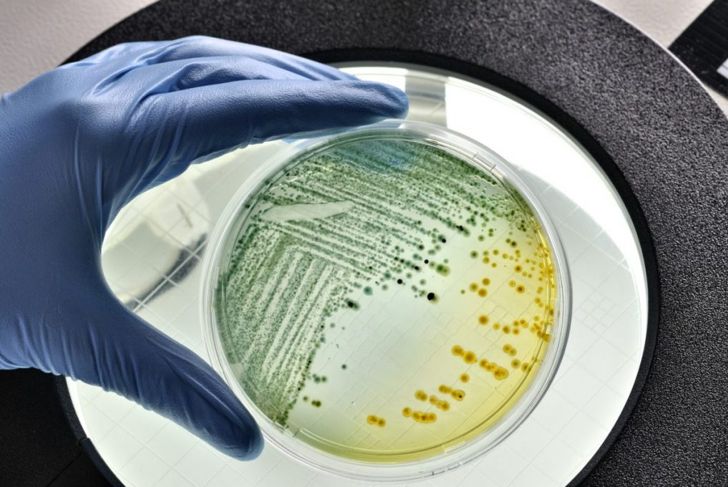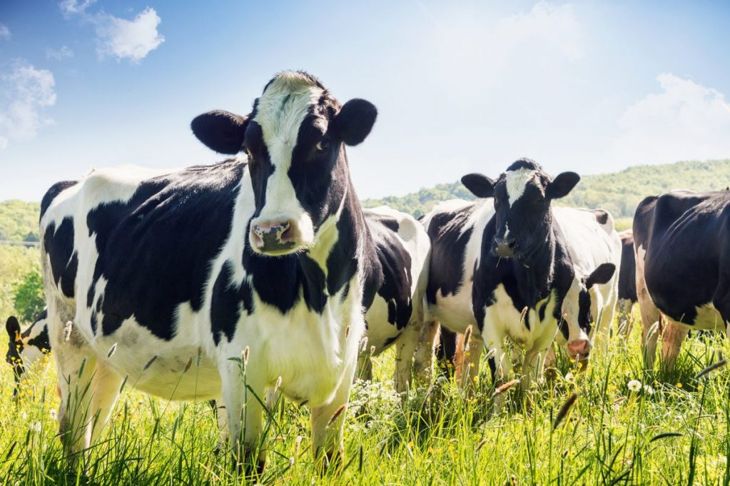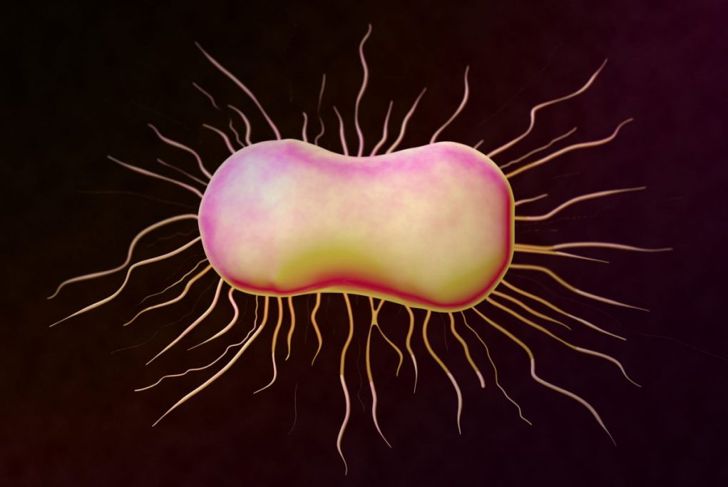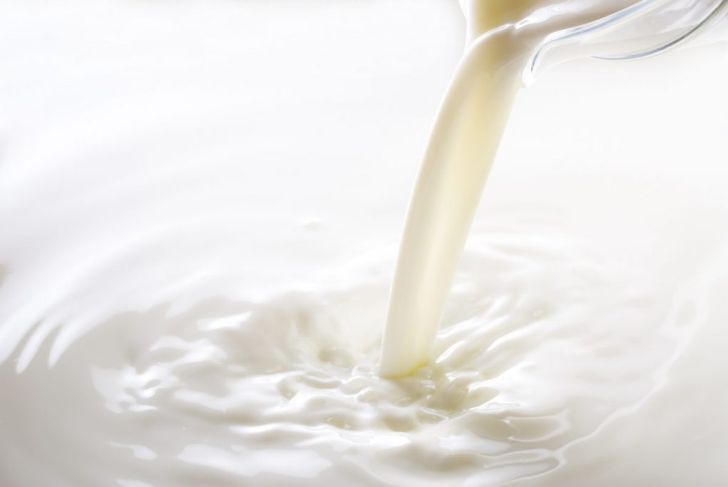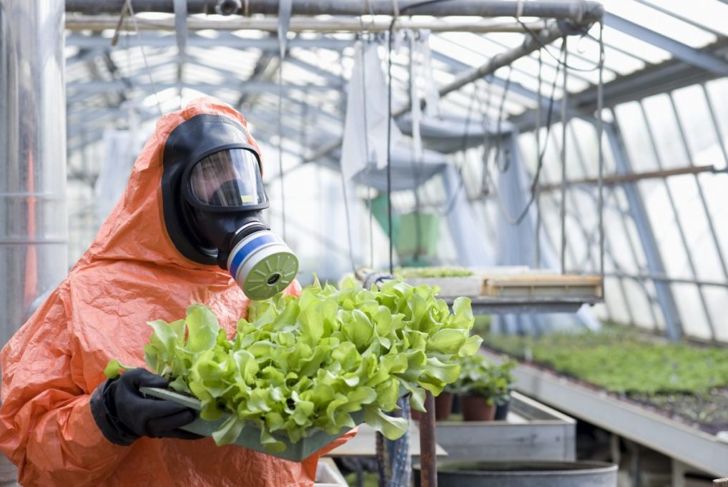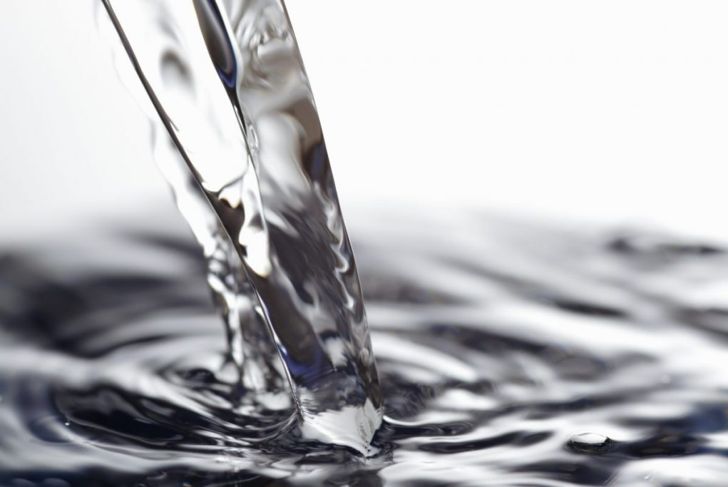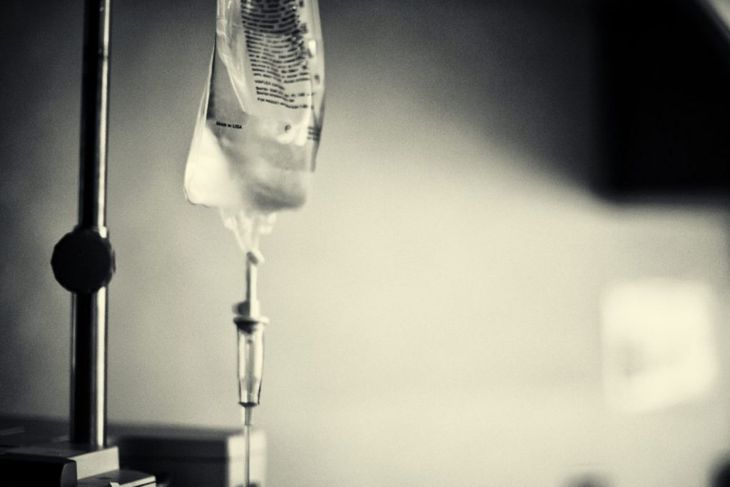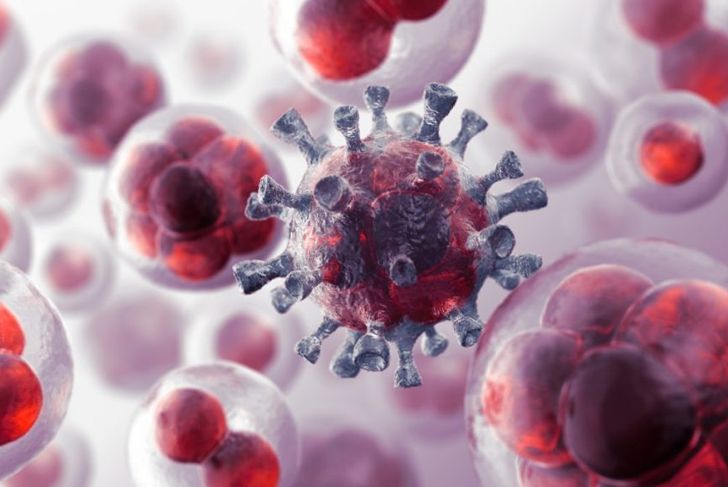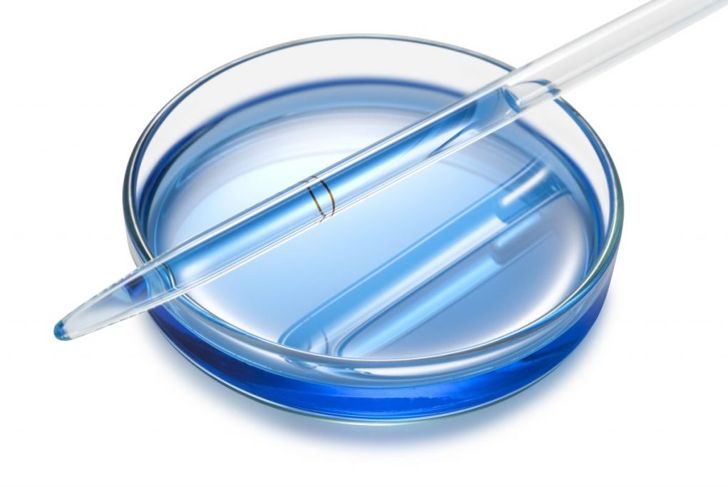Escherichia coli or E. coli is the most common gram-negative bacteria in the Enterobacteriaceae family. The sources and methods of infection combine to make it one of the most infectious bacteria in the world, causing more illness in humans than any other bacteria. E. coli was first discovered in the human colon in 1885 by the German bacteriologist Theodor Escherich. Dr. Escherich discovered that only certain kinds of E. coli cause diarrhea and gastroenteritis. Originally Bacterium coli, the species was renamed in honor of Dr. Escherich’s research.
Serotypes
E. coli has been studied more than any other bacteria because of its prevalence in and relationship to humans. There are more than 700 known serotypes, or different strains, of E. coli. Beneficial or benign strains of E.coli are far more common than virulent strains. Many bacterial species are more dangerous than E. coli, but they either aren’t as common, or the medical community and general public can manage exposure through vaccines and avoidance. There is no vaccine for it and it is impossible to avoid it completely.
Pathotypes
Pathogenic E. coli strains cause illness. They are categorized into pathotypes. Six of these strains, diarrheagenic E. coli, result in diarrhea. The most well-known pathotype is Shiga toxin-producing E. coli, or STEC. It is also known as Verocytotoxin-producing E. coli (VTEC) or enterohemorrhagic E. coli (EHEC). This is the strain most likely to cause illness from contaminated food or beverages. This bacteria is quickly recognizable in a lab because of its distinctive green sheen on common types of agar plates.
Shiga Toxin
The Shiga toxin produced by pathogenic E.coli strains is the same toxin produced by another bacteria, Shigella dysentery type 1. Dysentery was responsible for widespread outbreaks of illness and many deaths in the past. The illness is still a threat in developing nations and areas without the necessary infrastructure for proper waste disposal and clean water. STEC strains of E. coli live in the intestines of animals such as deer, cattle, elk, goats, and sheep.
E. coli O157:H7
The most common STEC is E. coli O157:H7. Collectively, STEC causes approximately 100,000 illnesses, 3,000 hospitalizations, and 90 deaths each year in the United States. E. coli O157:H7 is responsible for 73,000 of those illnesses. Another strain, E. coli O104:H4, is the most common STEC in Europe. Both strains are known to cause bleeding in the intestines and diarrhea and are more likely to be fatal than other pathogenic E. coli strains.
Sources
STEC infections most often come from swallowing human or animal feces. Tiny amounts of feces not visible to the naked eye can be present in food or drinks; unpasteurized milk, and water contaminated from livestock, are common carriers, and contact with cattle feces or feces of other humans also raises the risk. Other high-risk foods include apple cider and soft cheeses made with raw milk. Produce is a common source of infection as well because feces may be present during cultivation or contaminate the produce when it is prepared or served.
Methods of Infection
E. coli infection is possible in many different settings. Working with livestock or providing incontinence care are obvious risk factors. Other sources include undercooked meat or foods prepared with unwashed produce. Contaminated food prepared by people who did not follow proper hygiene protocols is a very common method of infection. It is also possible to contract STEC from swallowing contaminated lake water or touching surfaces at a petting zoo or similar environments.
Treatment at Home
Most infections resolve in five to ten days without medical intervention. Rest and drink plenty of fluids as the infection runs its course. Drink plenty of transparent fluids such as water, broth, juice, or clear sodas. Avoid apple or pear juice and beverages containing caffeine or alcohol. Eat small amounts low-fiber foods such as toast, eggs, rice, and soda crackers. Diarrhea is the body’s way of clearing the Shiga toxin, so anti-diarrheal medications are not helpful and may lengthen recovery time or lead to more severe infection.
Medical Treatment
Medical intervention for E. coli infections is supportive. Intravenous fluids are the top priority to avoid dehydration and electrolyte imbalance. Other supportive measures are medications to relieve discomfort, bed rest and small, frequent meals. People should avoid spicy or fatty foods, but vitamins and supplements can address nutritional deficiencies. Total Parenteral Nutrition or TPN is an option for severe cases and vulnerable populations such as older adults, young children, and pregnant women. TPN provides all necessary nutrients through IV fluids in a hospital setting. It is a last resort because it puts stress on the kidneys.
Antibiotics
Antibiotics are not a suitable treatment because they cannot discriminate between pathogenic E. coli and beneficial strains or other gram-negative bacteria. This disrupts the balance of beneficial bacteria in the human intestinal tract and worsens the pathogenic E. coli infection. Disruption of normal gut bacteria leaves people vulnerable to additional pathogenic bacterial infections as well.
Hemolytic Uremic Syndrome
Hemolytic uremic syndrome or HUS is a life-threatening complication that occurs in roughly ten percent of Shiga-producing E. coli infections. Though the condition was discovered in 1955, researchers did not discover the link between HUS and E. coli until 1982. HUS is a common cause of kidney failure in infants and young children and it is often fatal in the elderly. Some evidence suggests using antibiotics to treat E. coli infections may increase the risk of HUS.

 Home
Home Health
Health Diet & Nutrition
Diet & Nutrition Living Well
Living Well More
More
